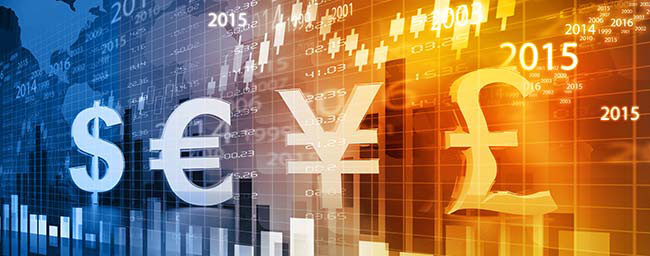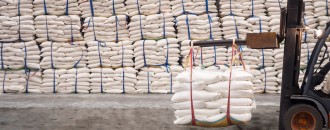
Currency Wars - What's Next? - Hype Or Reality?
Will the 'race to the bottom" become a reality in 2016? The Dollar Business analyses
Indranil Das | The Dollar Business
China’s shock devaluation of the yuan against the dollar by nearly 2% in August last year provoked rumours that the world was at the cusp of another currency war. Devaluations by Vietnam and Kazakhstan, two countries with close ties to the Chinese economy, further bolstered this fear. Kazakh President Nursultan Nazarbayev, who earlier last year pledged to avoid any sharp depreciation, said the adjustment was essential to avoid a recession. Within a week currencies across Asia started weakening, signalling that the fears may come true.
BEGGAR THY NEIGHBOUR
While the last half of 2015 did see significant quantitative easing by export oriented economies, and the devaluation of the yuan by the People's Bank of China (PBOC) may have acted as a trigger for some, the weakening of these currencies were possibly both an attempt at countering China as well as keeping their economies competitive in the face of an oil and commodities rout and a drop in demand from a slowing China. China’s demand for Asian imports has been tumbling, having dropped 15% in the third quarter.
The slowdown in China, which is a major importer of commodities, has compelled central banks in many countries to allow a devaluation of their currency through Quantitative Easing or through direct devaluations (as in the case of Kazakhstan). A phenomenon of competitive devaluations to boost exports, that has been frequently described as "beggar thy neighbour" may well have arised in these emerging economies.
RACE TO THE BOTTOM
For central banks trying to boost exports, domestic currency devaluation is an obvious victory. But devaluations can have disastrous effects. Investors feel jittery as currencies fall, and take their funds to more stable economies. As funds move away from a country, currencies tend to plummet, sometimes more than what the central bank intended, leading to a situation where the currency looses credibility and spirals out of the central banks control. Developing and emerging economies are naturally more susceptible to be victims of their own policy.
PRISONERS OF WAR
Economies that are dependent on foreign investments, and are aggressively seeking both FII and FDI and have high foreign currency debts are in a bind. Take the case of Indonesia, which relies on foreign investment inflows to offset its current account deficit and has a high foreign-currency debt. It can’t afford to see investors flee and pull down its rupiah. Indonesian central bank governor Agus Martowardojo held his own benchmark rate steady at 7.5% in the face of the rate hike by the Federal Reserve on the 16th of December 2015. This despite falling exports and a relatively low inflation of 4.8%. But keeping this stance may mean hampering exports and Indonesia may soon have to fall in line with other Asian economies and drop interest rates to stay competitive.
Economists believe Asia’s interest rates will be influenced more now by China than US and China, as the largest importer, will determine exchange rates and the competitiveness of Asian exports. This may mark a clear shift in power in the Asian currency stakes from US to China, and while it presently remains a regional phenomenon specific to Asia, author and financial analyst Peter Schiff believes that China may make a play for being an alternate reserve currency. The yuan's inclusion in the reserve currency basket in November 2015 has given the currency the respect it deserves. Schiff also believes that the dollar is overvalued and that the dollar rally will end soon, giving China the opening it needs to establish the yuan (backed by the gold) as the reserve currency of choice. If that happens it would give a whole new dimension to the term currency wars.
VOLATILE FUTURE
The scenario Schiff describes though is not going to play out in 2016. What we expect in 2016 is more volatility in major currencies. We also expect that there will be divergence in policy between the dollar and other major currencies, as seen in 2015 with the yuan and the euro. While the US Federal Reserve tightened its policy, the ECB in the wake of a weak euro continued quantitative easing, and with the eurozone yet to recover, we expect the trend to continue in 2016.
With Japan, we expect more of the same, as it loosens the yen to stimulate a contracting economy. The ruble has seen considerable volatility and with Russia's geo-political equations undergoing a makeover we expect the Russian currency to remain unpredictable.
While export compulsions will mean that countries will be forced to engage in a limited currency war, most central banks, having wisened up to the dangers of downward spiral, will not engage in brinkmanship.




-Vertical.jpg)
